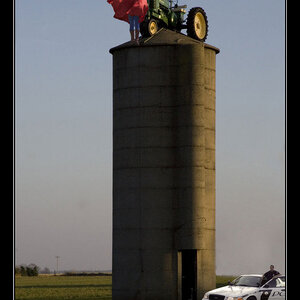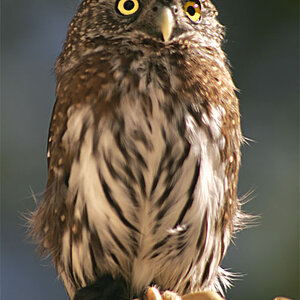Let's say I have a cloudy day
In order to let more light into the camera, would I want to set my aperture to around 4 and adjust my shutter speed low to around 1/100th of a second.
Conversely, on a bright, sunny day, would I set my aperture up to around 11 or 16, and increase my shutter speed to around 250 or 500?
I'm using a 70-200 mm lens, and I think 4 is the lowest it will go.
Steve Thomas
In order to let more light into the camera, would I want to set my aperture to around 4 and adjust my shutter speed low to around 1/100th of a second.
Conversely, on a bright, sunny day, would I set my aperture up to around 11 or 16, and increase my shutter speed to around 250 or 500?
I'm using a 70-200 mm lens, and I think 4 is the lowest it will go.
Steve Thomas


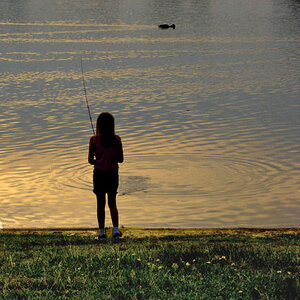
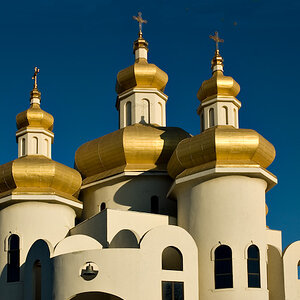
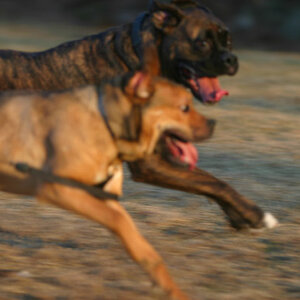
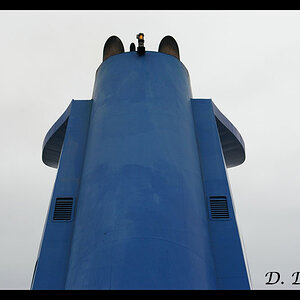
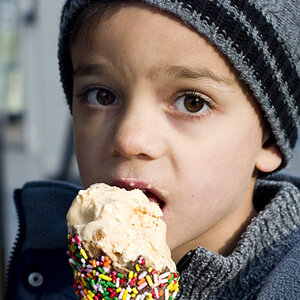
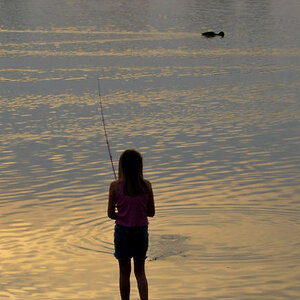
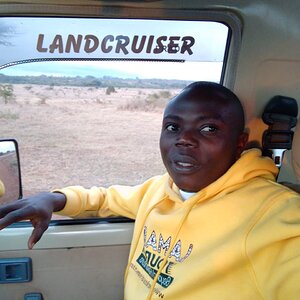
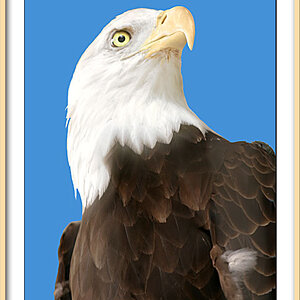
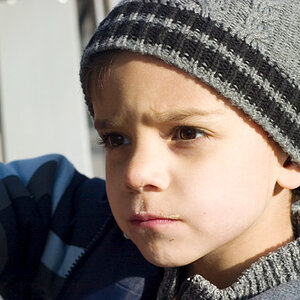
![[No title]](/data/xfmg/thumbnail/42/42058-8597ac0f687fb4007aa3ca0210936f04.jpg?1619739994)
